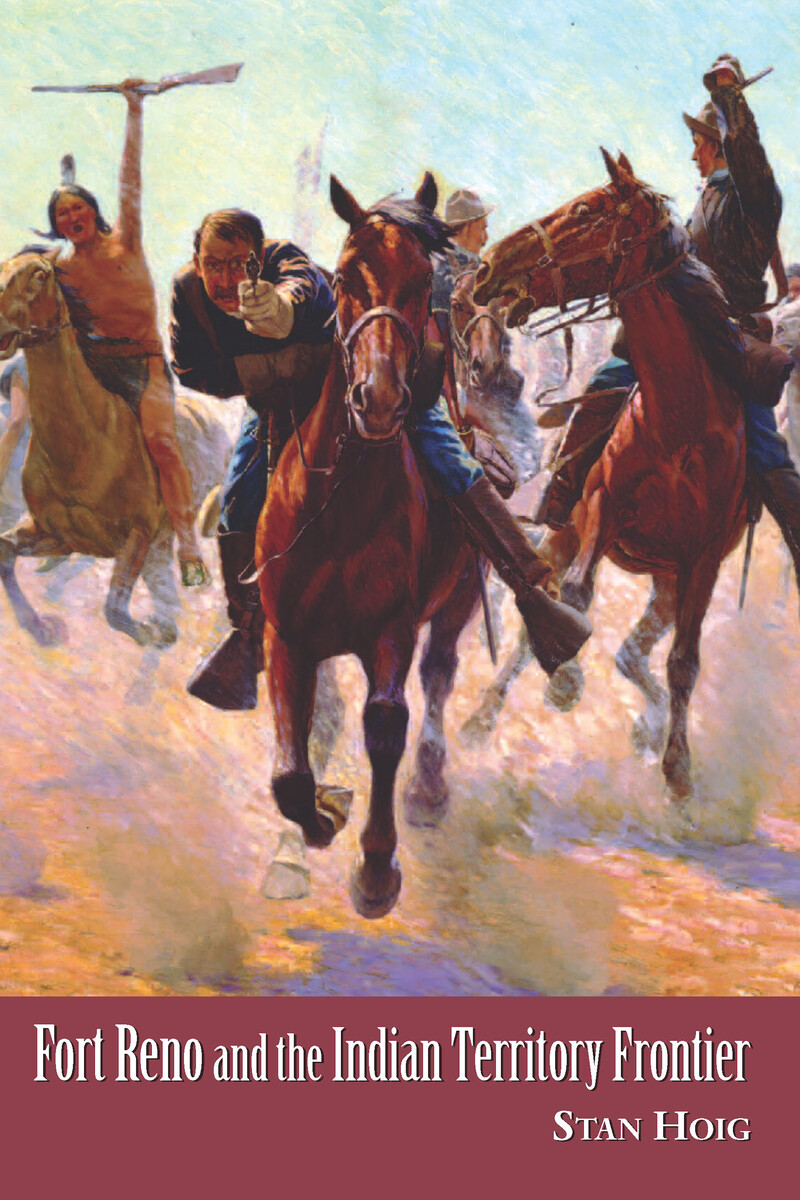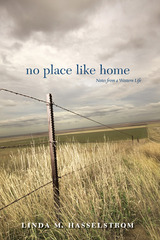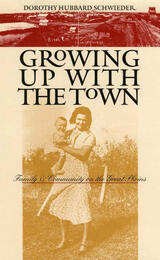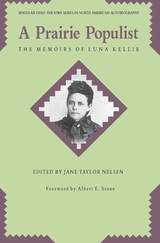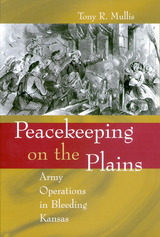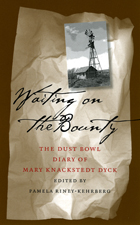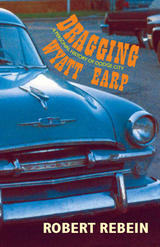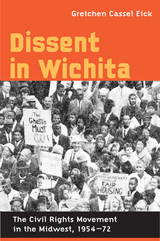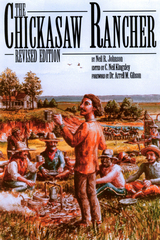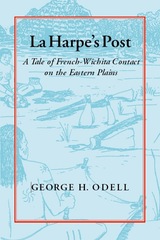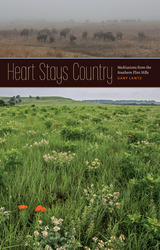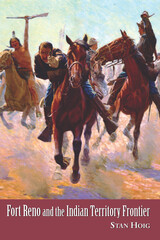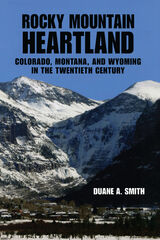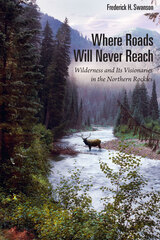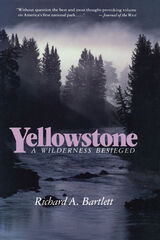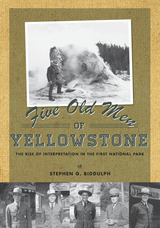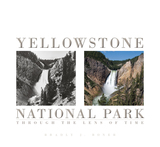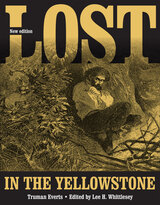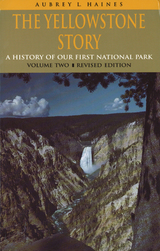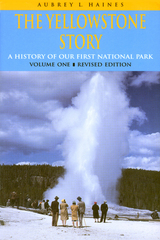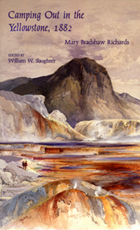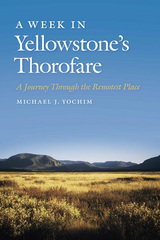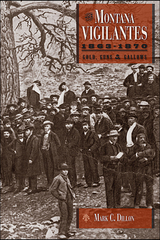Fort Reno and the Indian Territory Frontier
University of Arkansas Press, 2005
Cloth: 978-1-55728-622-2 | Paper: 978-1-55728-809-7 | eISBN: 978-1-61075-702-7
Library of Congress Classification F704.F69H65 2000
Dewey Decimal Classification 976.639
Cloth: 978-1-55728-622-2 | Paper: 978-1-55728-809-7 | eISBN: 978-1-61075-702-7
Library of Congress Classification F704.F69H65 2000
Dewey Decimal Classification 976.639
ABOUT THIS BOOK | AUTHOR BIOGRAPHY | REVIEWS | TOC | REQUEST ACCESSIBLE FILE
ABOUT THIS BOOK
Following the Indian uprising known as the Red River War, Fort Reno (in what would become western Oklahoma) was established in 1875 by the United States government. Its original assignment was to serve as an outpost to exercise control over the Cheyenne and Arapaho Indians. But Fort Reno also served as an embryonic frontier settlement around which the first trappings of Anglo-American society developed a regulatory force between the Indian tribes and the white man, and the primary arm of government responsible for restraining land-hungry whites from invading country promised to Native American tribes by treaty. With the formation of the new Territory of Oklahoma and introduction of civil law, Fort Reno was forced to assume another purpose: it became a cavalry remount center. But when the mechanization of the military brought an end to the horse cavalry, the demise of Fort Reno was imminent. When Ben Clark, the prideful scout who knew and loved Fort Reno, ended his own life in 1914, the military post that had once thrived on America’s frontier was brought to a poignant end.
The story of Fort Reno, as detailed here by Stan Hoig, touches on several of the most important topics of nineteenth-century Western history: the great cattle drives, Indian pacification and the Plains Wars, railroads, white settlement, and the Oklahoma land rushes. Hoig deals not only with Fort Reno, but also with Darlington agency, the Chisolm Trail, and the trading activities in Indian Territory from 1874 to approximately 1900. The author includes maps, photographs, and illustrations to enhance the narrative and guide the reader, like a scout, through a time of treacherous but fascinating events in the Old West.
The story of Fort Reno, as detailed here by Stan Hoig, touches on several of the most important topics of nineteenth-century Western history: the great cattle drives, Indian pacification and the Plains Wars, railroads, white settlement, and the Oklahoma land rushes. Hoig deals not only with Fort Reno, but also with Darlington agency, the Chisolm Trail, and the trading activities in Indian Territory from 1874 to approximately 1900. The author includes maps, photographs, and illustrations to enhance the narrative and guide the reader, like a scout, through a time of treacherous but fascinating events in the Old West.
See other books on: Cheyenne Indians | Government relations | Hoig, Stan | Land settlement | Oklahoma
See other titles from University of Arkansas Press
